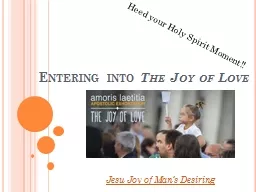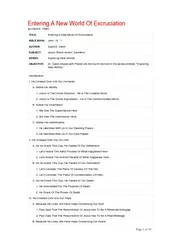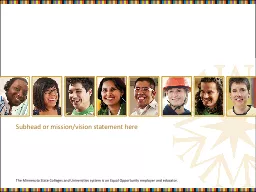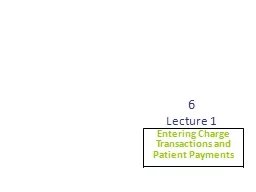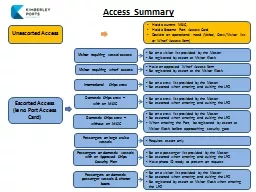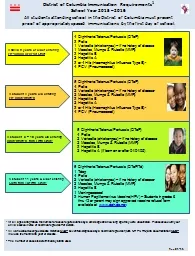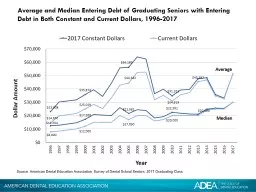PPT-Entering into
Author : jane-oiler | Published Date : 2017-06-06
The Joy of Love Heed your Holy Spirit Moment Jesu Joy of Mans Desiring Preview of Plan I The Joy of the Church and the Opportunity of Families Intro II The
Presentation Embed Code
Download Presentation
Download Presentation The PPT/PDF document "Entering into" is the property of its rightful owner. Permission is granted to download and print the materials on this website for personal, non-commercial use only, and to display it on your personal computer provided you do not modify the materials and that you retain all copyright notices contained in the materials. By downloading content from our website, you accept the terms of this agreement.
Entering into: Transcript
Download Rules Of Document
"Entering into"The content belongs to its owner. You may download and print it for personal use, without modification, and keep all copyright notices. By downloading, you agree to these terms.
Related Documents

